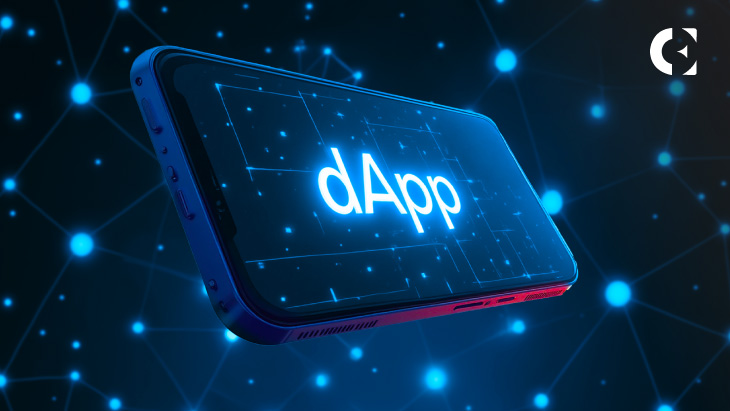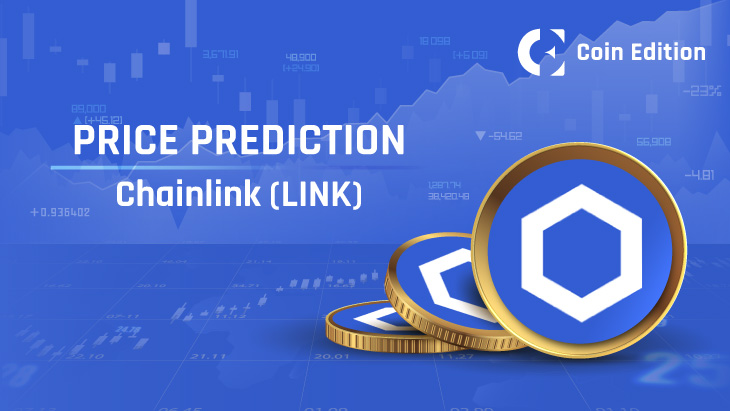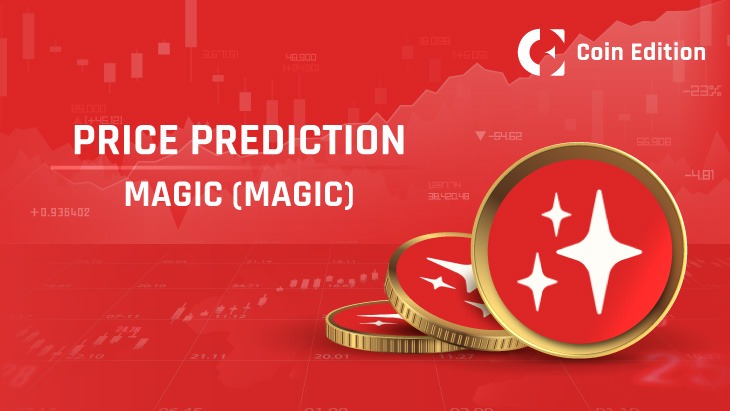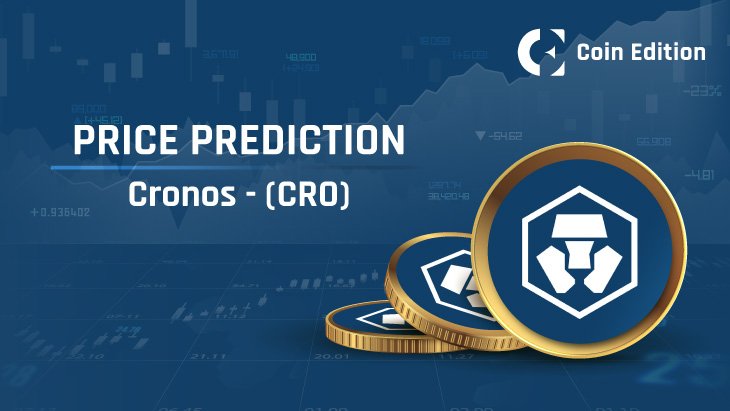Decentralized applications, or dApps, are among the most significant innovations to emerge from the blockchain revolution. Unlike traditional apps that run on centralized servers, dApps operate on a peer-to-peer network, leveraging blockchain technology to provide transparency, security, and resistance to censorship. In this article, we’ll cover everything you need to know about decentralized applications—what they are, how they work, where they’re used, and why they matter.
What is a Decentralized Application (dApp)?
A dApp is like a regular app, but runs on the blockchain. Unlike traditional apps controlled by Google or Facebook, dApps are powered by smart contracts. The unique characteristics of dApp are discussed below:
Characteristics of a dApp
Open Source
The code is open for everyone, so that it can be viewed, and if any suggestions are made, they could be implemented. This creates a transparent environment where trust is built through openness rather than authority. It also encourages community-driven innovation and security auditing.
Decentralized
Instead of relying on a single server or entity, the dApp runs on a distributed network of computers (nodes). This ensures no single point of failure, reduces the risk of manipulation, and offers greater resistance to censorship or external control.
Smart Contracts
They play a pivotal role in the dApp and are responsible for handling the core logic behind every operation. All user interactions, transactions, and automated processes are managed through these contracts, ensuring that the application runs consistently and securely across the blockchain network.
Incentivization
The dApps often use crypto tokens to incentivize behavior and reward participants like validators, miners, or users. These tokens can represent access, governance power, or rewards, creating a self-sustaining ecosystem that supports the app’s ongoing activity and growth.
How Does the dApp Work?
A dApp works like a regular app on the surface, but in the background, it uses blockchain instead of a central server. When a user interacts with the dApp (like making a payment, casting a vote, or swapping tokens), their request is sent to a smart contract on the blockchain, which processes the request automatically based on the pre-defined rule. The result is then recorded on the blockchain, making it permanent and transparent. Unlike traditional apps that are controlled by a central authority, the dApp relies on nodes that validate and store its every transaction. Notably, nodes are nothing but computers that operate in the blockchain.
Uses of dApps
- DeFi: dApps are used to lend, borrow, trade, and earn interest on crypto assets without banks or middlemen. Users retain full control of their funds while interacting directly with financial protocols on the blockchain in a transparent, peer-to-peer environment.
- NFT: NFT-based dApps let users create, buy, sell, and trade digital collectibles like art, music, or in-game assets. Ownership is tracked on-chain, giving creators more control and enabling true digital scarcity without relying on centralized platforms.
- Blockchain Gaming: Games built as dApps allow players to earn rewards and own in-game items as NFTs. These assets can be bought, sold, or traded freely, giving players real-world value for their time and effort spent in virtual worlds.
- DAO: They are governance-focused dApps, allowing communities to make decisions collectively. Token holders vote on proposals, budgets, and updates, replacing traditional hierarchies with democratic, on-chain decision-making processes that are transparent and tamper-proof.
- Social Media: These dApps give users ownership of their data and content. There’s no central authority controlling feeds or censoring posts. Users can monetize their presence and build communities without giving up privacy or control to corporations.
Benefits of dApps
- No Central Authority: Since dApps run on decentralized networks, no single entity can shut them down, alter their logic, or censor content. This gives users more freedom and long-term reliability, even if individual participants leave the network.
- Transparency: Everything a dApp does is visible on the blockchain. Users can independently verify how it works and see how data and funds move through the system, which builds trust without needing third-party verification.
- User Ownership: With dApps, users keep control of their assets, data, and identities. They don’t need to rely on a platform to manage their accounts or funds, and nothing can be frozen, blocked, or deleted without their consent.
- Global Accessibility: Anyone with an internet connection and a crypto wallet can use a dApp. There’s no need for permission, bank accounts, or regional support, making dApps especially useful in underserved or unbanked regions of the world.
- Censorship Resistance: Because there’s no central server to target or take down, it’s extremely hard for any authority to block or censor a dApp. This makes them ideal for free expression and open communication platforms.
Challenges of dApps
- Complex User Experience: Using dApps often requires managing crypto wallets, gas fees, and private keys. For beginners, this can be confusing and risky, making the learning curve much steeper compared to traditional applications.
- Scalability: Blockchains can process only a limited number of transactions per second. During periods of high demand, users may face network congestion, delayed transactions, and high gas fees, which can hurt the overall experience.
- Security Risks: If a dApp’s smart contract has vulnerabilities, it can be exploited, often leading to irreversible financial loss. Unlike regular apps, updating deployed smart contracts is difficult and sometimes not possible without downtime.
- Regulatory Concerns: The rules around dApps and cryptocurrencies aren’t clear in many countries. Governments are still deciding how to handle them, and the laws can change quickly. This creates confusion for developers and users, and sometimes people don’t know what’s allowed or not.
- Infrastructure: Unlike traditional apps with customer service and centralized oversight, dApps rely heavily on community support and decentralized governance. If something goes wrong, users often have limited recourse or direct help.
Conclusion
The concept of dApps is changing as more control is given to users, removing the need for middlemen. They’re already being used in areas like finance, gaming, and social media. While there are still some problems to solve, like slow speeds and unclear rules, dApps have the potential to play a big role in the future of the internet.
Disclaimer: The information presented in this article is for informational and educational purposes only. The article does not constitute financial advice or advice of any kind. Coin Edition is not responsible for any losses incurred as a result of the utilization of content, products, or services mentioned. Readers are advised to exercise caution before taking any action related to the company.









